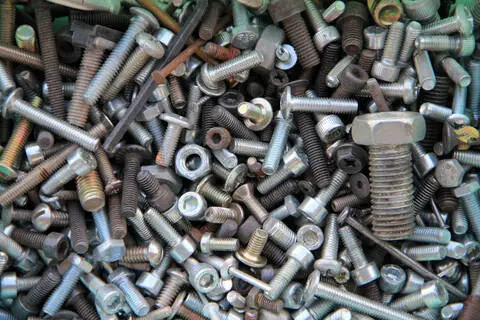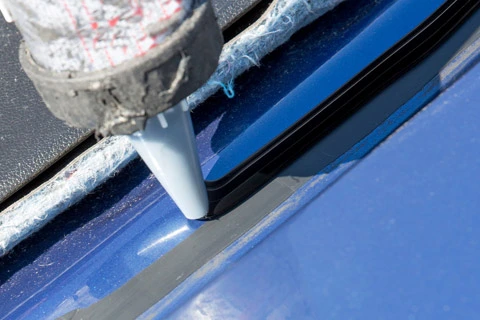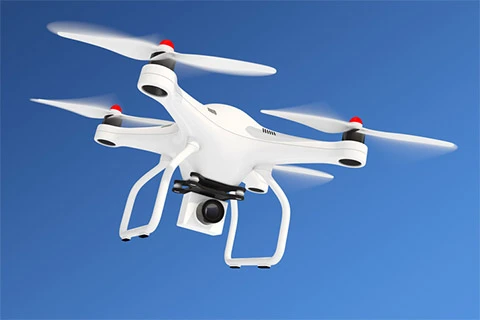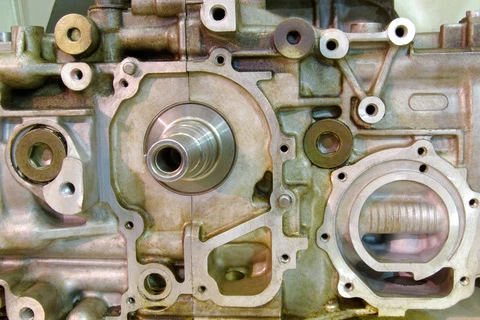
Electric Vehicles and Vehicle Electronics
Electric Vehicles and Vehicle Electronics standards are published by multiple organizations, chief among them ISO, IEC, and SAE. Given the wide range of components that must all work together to provide the desired experience and reliability that automotive manufacturers and consumers alike want in their cars, standardization plays a key role in automotive electronics.











